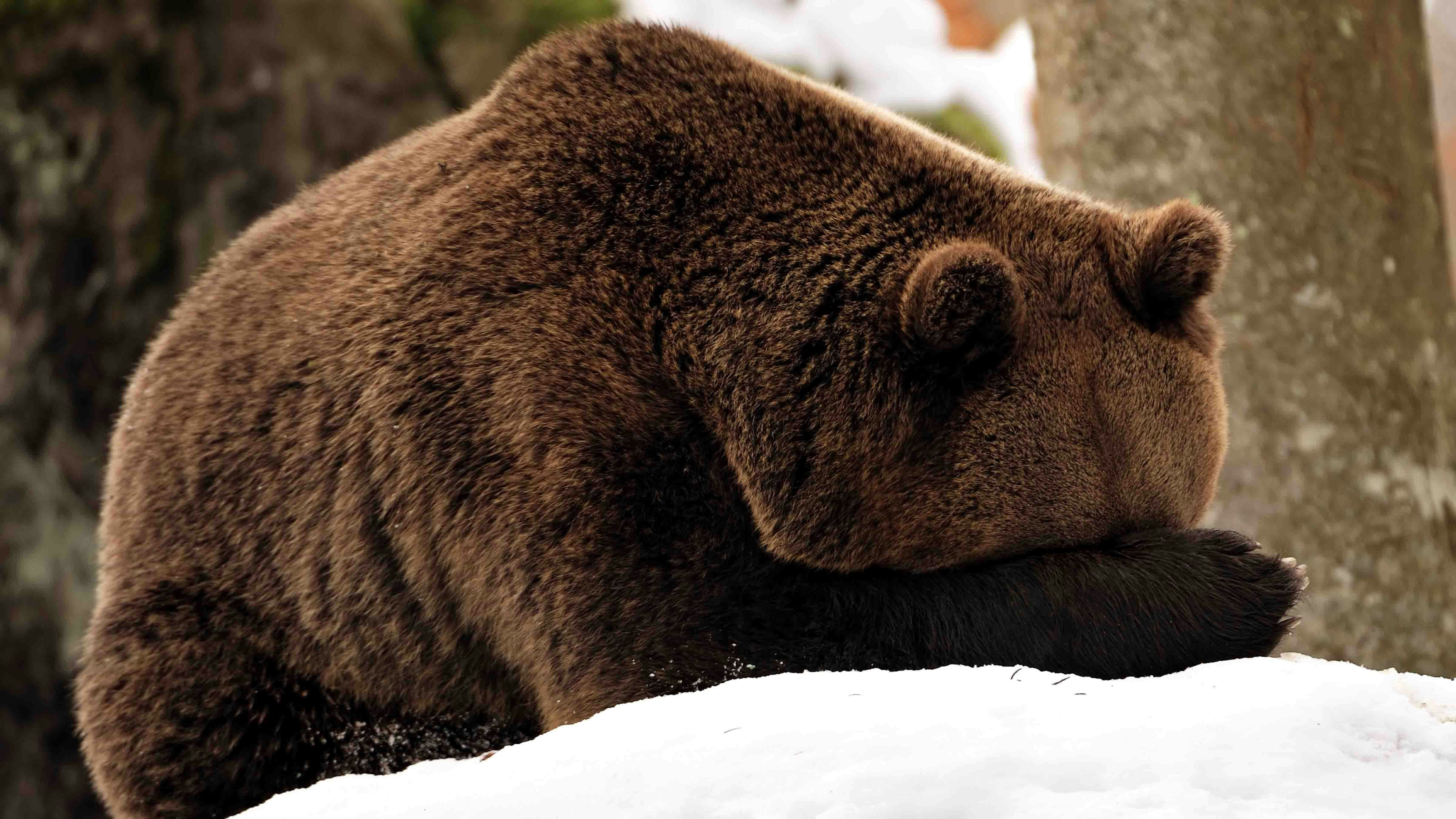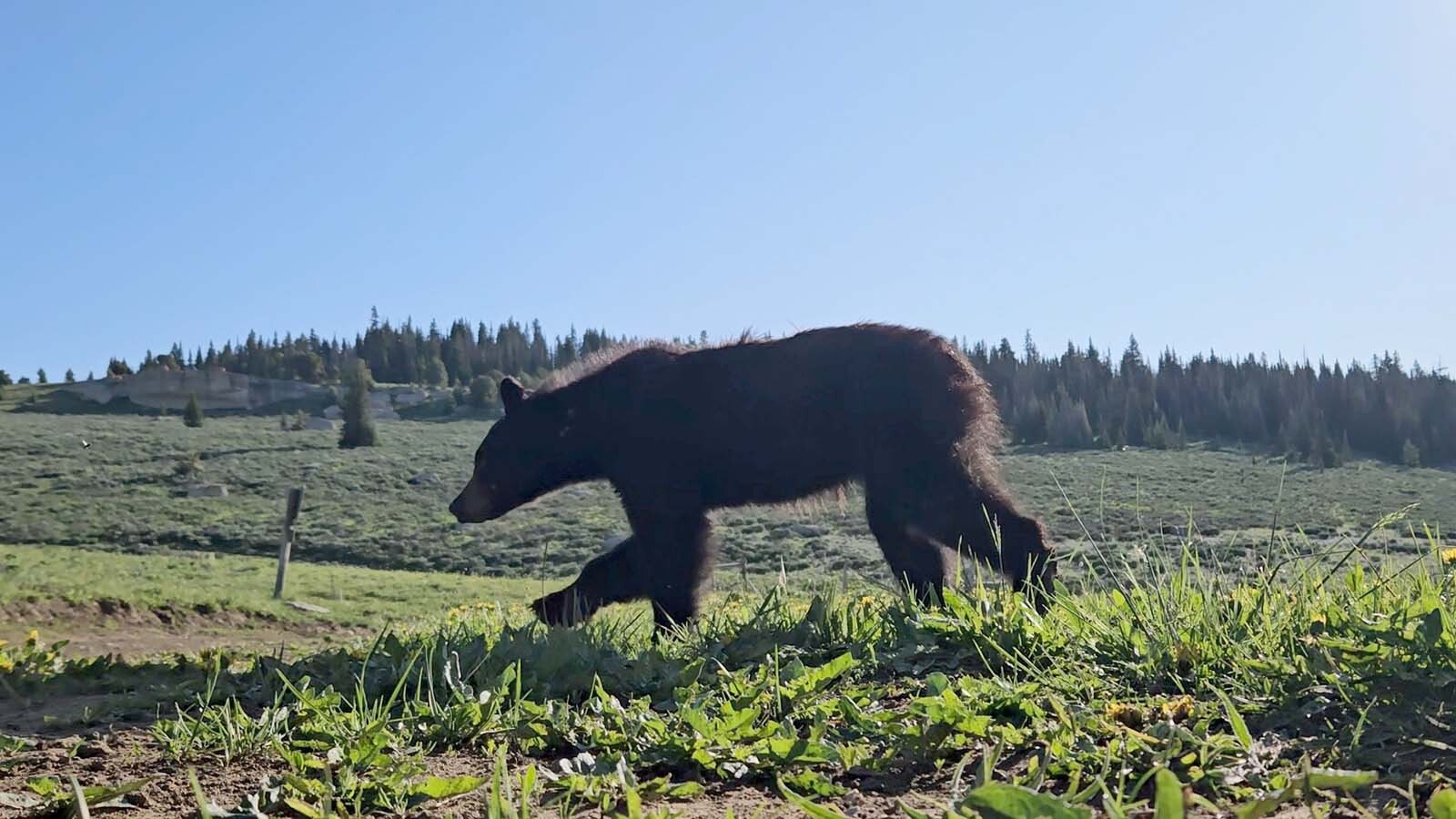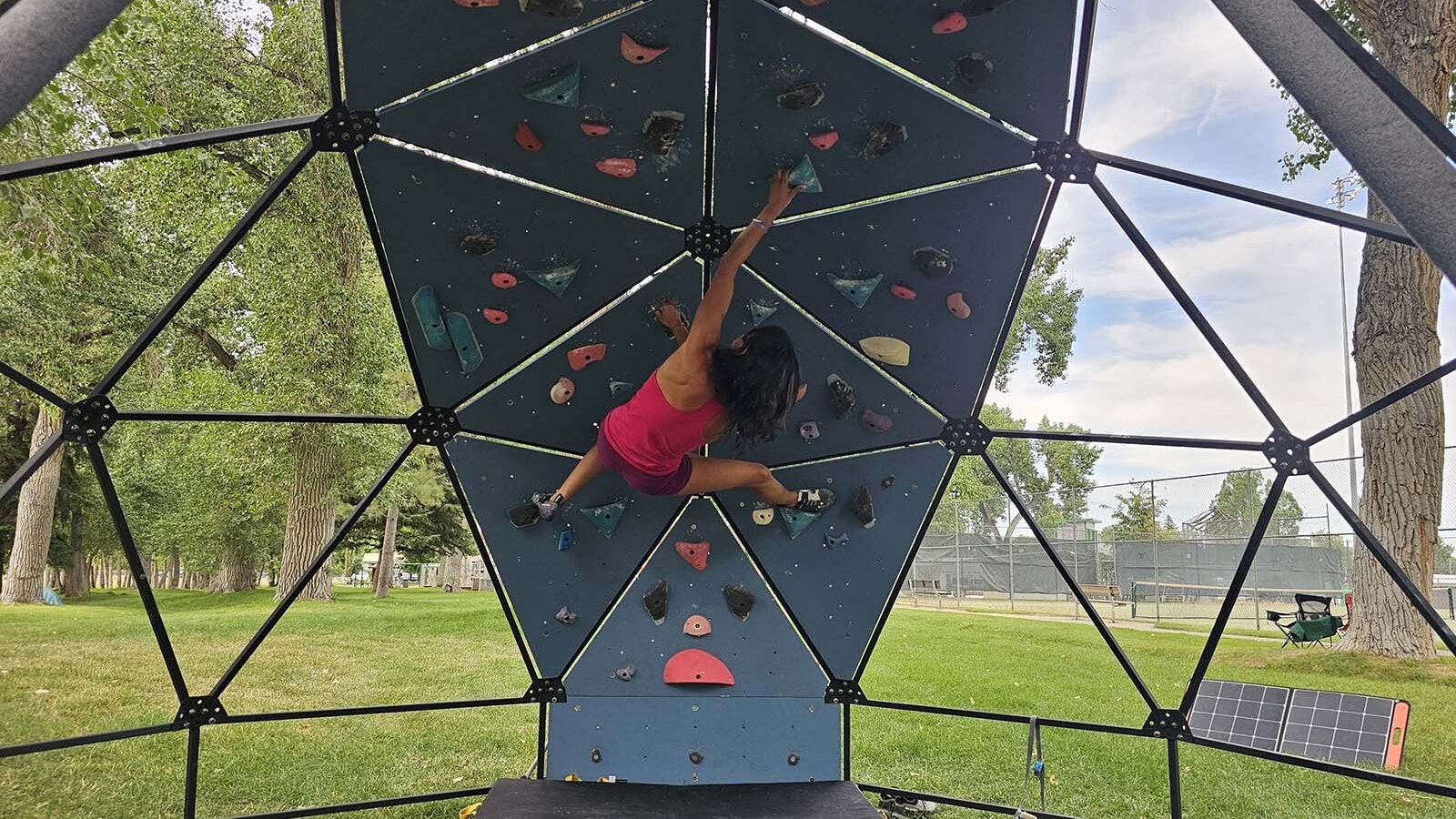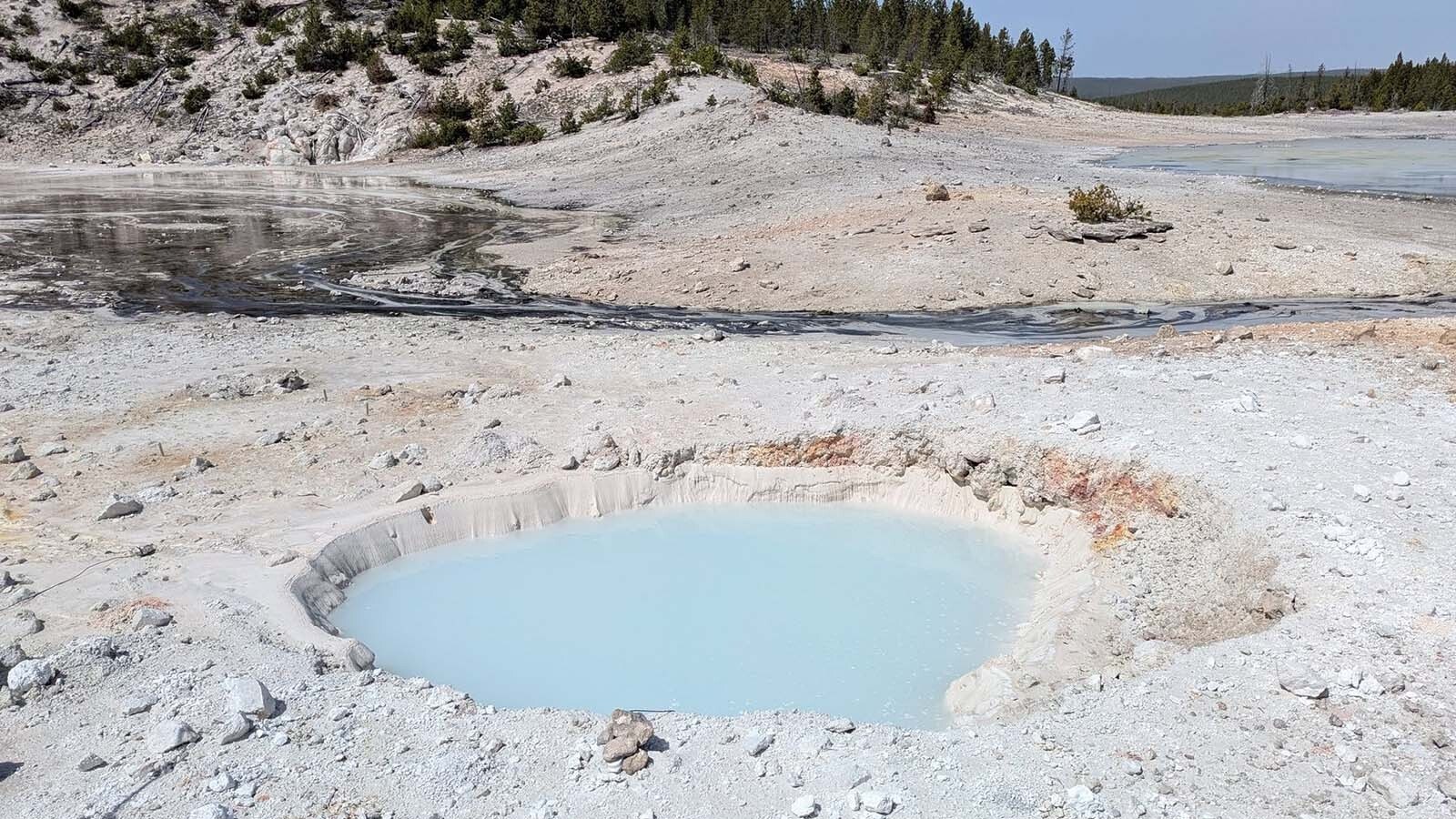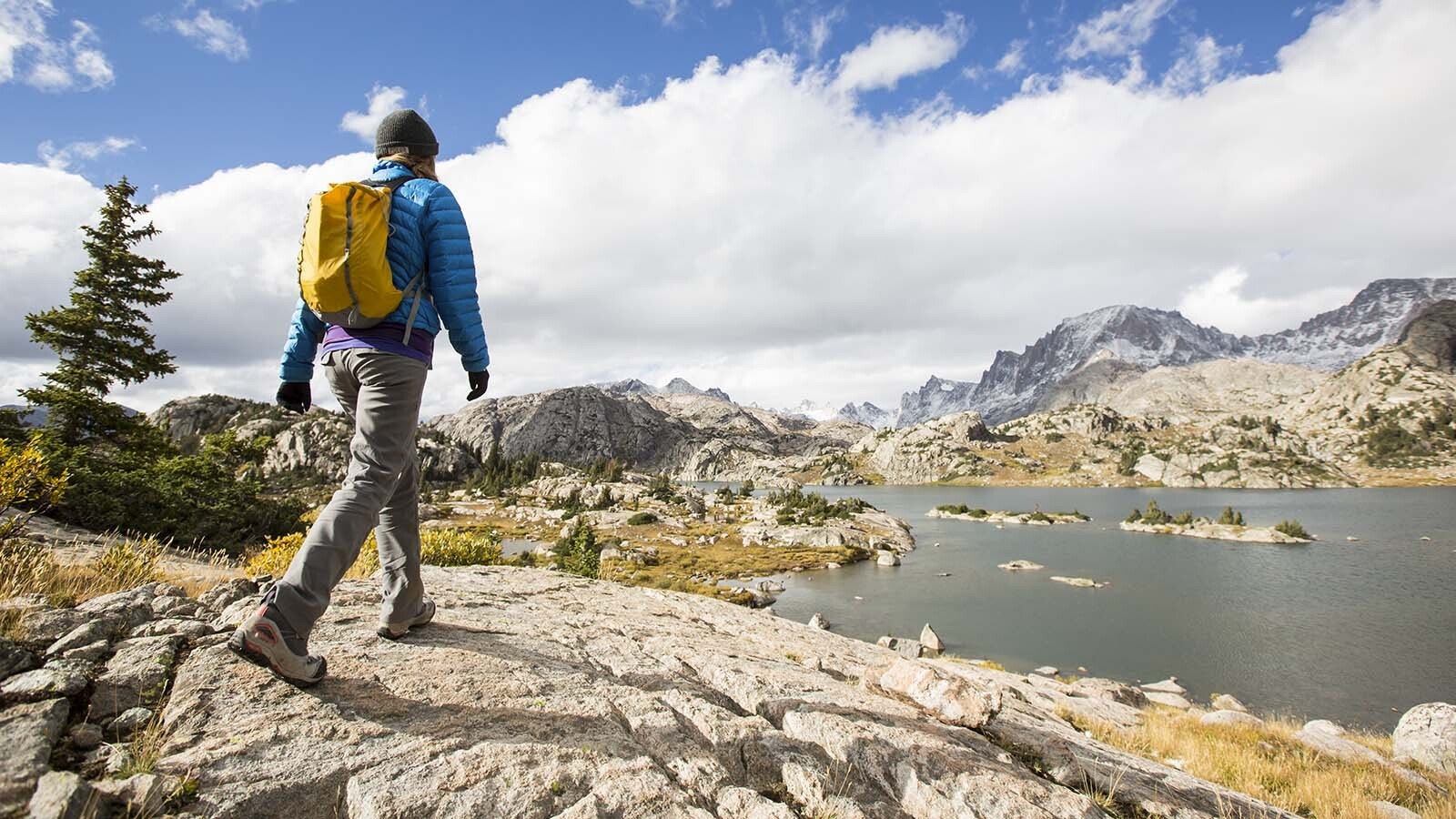As Wyoming enters the darkest, coldest days of winter, bears are denning up and hibernating.
But just what goes on in those isolated dens? When and why do bears den? Do they stay asleep the entire winter? How do they go to the bathroom? Do sows have cubs during this time?
So many questions regarding such a mysterious and misunderstood biological process is not unique to bruins.
Let’s take a deep dive into hibernation for Wyoming’s famous bears and find some answers.
Catching Some ZZZs
There has been some debate recently as to whether bears truly hibernate. Technically, the answer is no.
Hibernation is often described as a time period where bears sleep during the wintera but that isn’t physiologically accurate. Smaller animals like many squirrels, mice and bats are true hibernators.
Even chipmunks, which enter a state of trance-like slumber that results in a normal heart rate of 350 beats per minute reduced to a barely detectable four beats per minute, don’t technically hibernate because they wake every few days to eat, urinate and defecate.
Going ‘Beast Mode’
As far as bruins are concerned, well, both black and grizzly bears enter what is called torpor. Bears slow their bodies down into a deep, deep sleep characterized by lowered body temperature, inactivity, metabolic depression and insulin resistance.
Bears get into this state of “beast mode” bedtime to conserve energy, allowing them to survive for about five months in their dens when food sources are at their scarcest.
Where bears tend to take listlessness to the extreme is in their ability to stay asleep for such long periods of inactivity and remain quite healthy.
Bears are able to slow their metabolic and heart rates significantly. In hibernation, a bear’s heart beats about eight to 12 beats per minute — about a third of its normal rate. It takes a breath once, maybe twice a minute. Body temp is reduced from 98 to about 90 degrees Fahrenheit.
During hibernation, bears will not drink, urinate or defecate for up to five months. In fact, bears recycle their urea into useful protein. Further, a bear’s body changes physiologically so its kidneys can process nitrogen waste without poisoning themselves or damaging organs.
Not only do their muscles not atrophy, but the bear is able to lose weight (about 15%-30% of its body weight) and add muscle while sleeping for months. According to recent discoveries, bears were found maintaining their physique with micro-movements to prevent atrophy. A sort of purposeful twitching.
No bone loss is experienced by the slumbering bruin. There is no fluctuation in blood sugar. A bear wakes in spring groggy, but perfectly healthy.
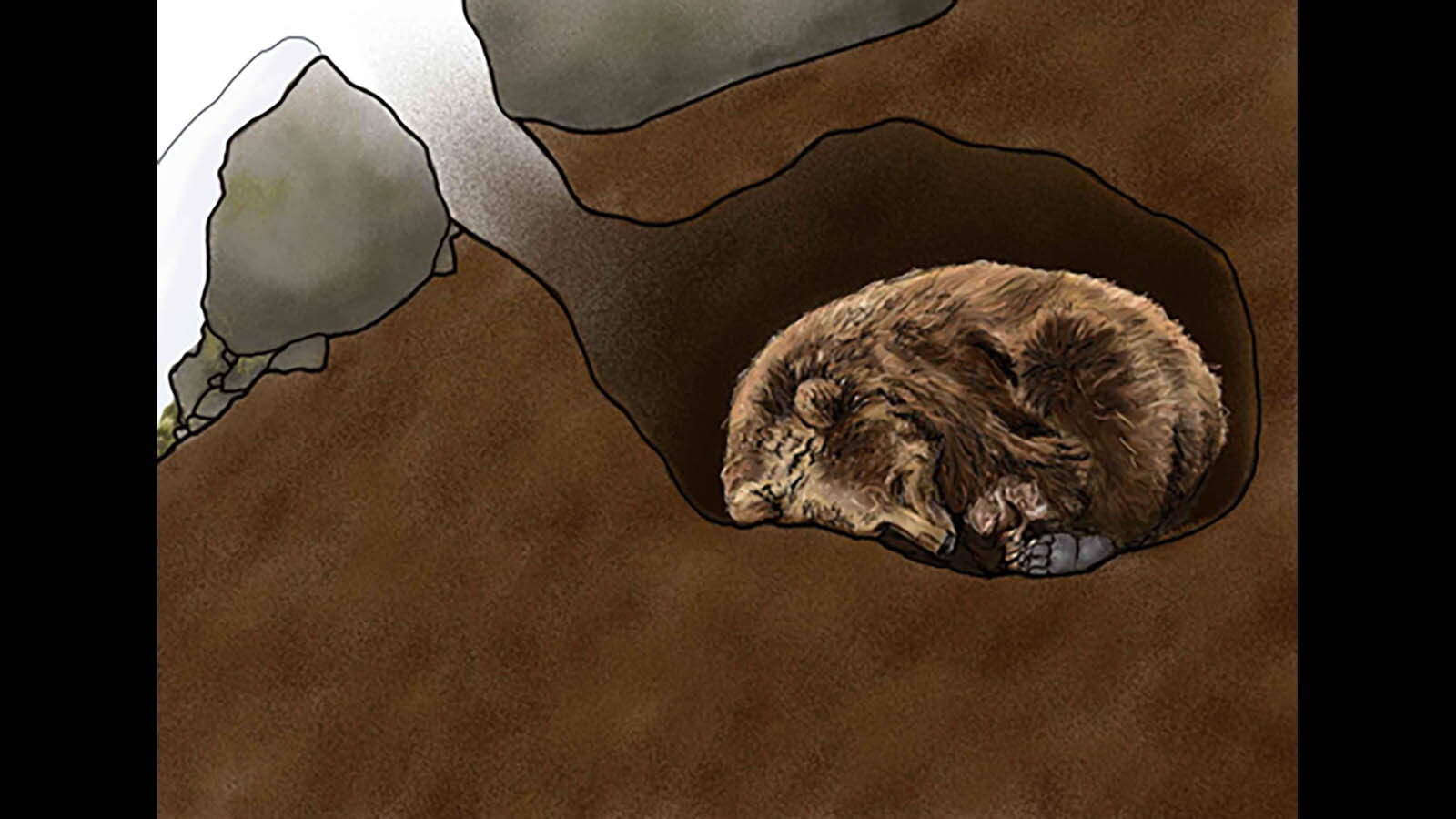
Here Comes The Science
To be able to learn just a shred of what is going on in the den has scientists super stoked. Even after extensive study, there is still more we don’t know about hibernation compared to what has been found out.
To learn more, scientists have studied the bear’s ability to practically shut down its bodily functions and reemerge in spring no worse for the snore. Implications for humans — particularly concerning space travel over long distances — are especially appealing to NASA, for example.
Recent studies also have zeroed in on the mechanisms underlying the reversible physiology aspect of hibernation and how this insight could have applications to human and animal health in dealing with long-term disease-like states.
Could a person in a coma, for example, be sustained in a healthier condition, especially in the eventuality of awaking?
One fascinating 2019 study by lead author Heiko T. Jansen began with the known premise: “Grizzly bears have an annual cycle that includes hyperphagia and fat accumulation followed by wintertime hibernation in response to periods of food scarcity.”
From that, Jensen wanted to see if the conditions of hibernation could be duplicated, and especially if they could be reversed (waking) in any applied manner to humans.
Particularly of interest, Jensen states, is identifying gene families within bears’ tissues that “could be useful for developing novel therapeutics to treat human and animal diseases.”
“Despite its annual occurrence, bears avoid the long-term detrimental effects that occur in obese, inactive or fasting humans, such as bone loss, elevated blood nitrogen (azotemia), ketosis, hyperglycemia and muscle protein catabolism and atrophy,” Jensen writes. “Thus, a series of carefully orchestrated and potentially unique mechanisms have evolved to maintain proper energy balance and metabolic health in bears throughout the year.”
All that to say: What bears do in winter bears study.
What’s Going On In There?
Bears aren’t out cold in the winter. They are not oblivious to their surroundings and will wake up to defend themselves and their young if disturbed by predators or unsuspecting humans who stumble across their dens.
It was once thought bears slipped into a coma-like, unawakenable state of sleep. One myth even included mother bears get so deep in hibernation they gave birth in their sleep and are surprised upon waking by the mysterious appearance of their own cubs.
That myth was busted in 2010 when Lily the Bear gave birth in her den during the world’s first online broadcast of a cub birth during hibernation.
Black bears shift position, scratch, yawn, adjust their bedding and even venture outside their dens briefly on warmer winter days. Grizzly bears sleep harder, probably because they tend to den at higher elevations where it gets colder.
One Wyoming outfitter, Gap Pucci, who hunted and observed bears for more than three decades, said he has noticed black bears prefer to hole up with their den opening to the north.
Pucci believes the north-facing dens stay colder better than south-facing openings, which tend to get more sunlight. Warmer temps wake bears periodically, often because of the inside of dens becoming wet with snowmelt.
Wakey Wakey
Male grizzlies come out of hibernation in mid to late March. Females with cubs emerge later, in April to early May. After an unseasonably warm winter, bears may come out of hibernation as early as January or February.
Black bears den in lower elevations and therefore wake earlier, typically in late February. Sometimes, if there is a warm winter and food is available, black bears might leave their dens to eat.
When bears vacate their dens, they are hungry and groggy. Similar to hyperphagia (the calorie-packing feeding frenzy bears enter in the fall in preparation for hibernation), spring also is a good time to avoid bear encounters. They are “hangry” and will get feisty over an elk or bison carcass, or other winter kills it finds.
During the first few weeks of waking in spring, however, some bears are admittedly simply too sleepy to be troublesome.
“When they first come out, they don’t eat that much and they are lethargic,” said Kerry Gunther, who leads Yellowstone’s bear management program. “For a week or two, they spend more time sleeping on the carcass than eating it. Their metabolisms are not totally kicked in — they are in a kind of walking hibernation.”
The ability of bruins to conk themselves out for months at a time is still one of the more fascinating scientific wonders in the animal kingdom.
So, while winter brings a decidedly more limited bear-viewing time of the year, it is intriguing to know a little bit more about what is going on during their long seasonal period of rest.
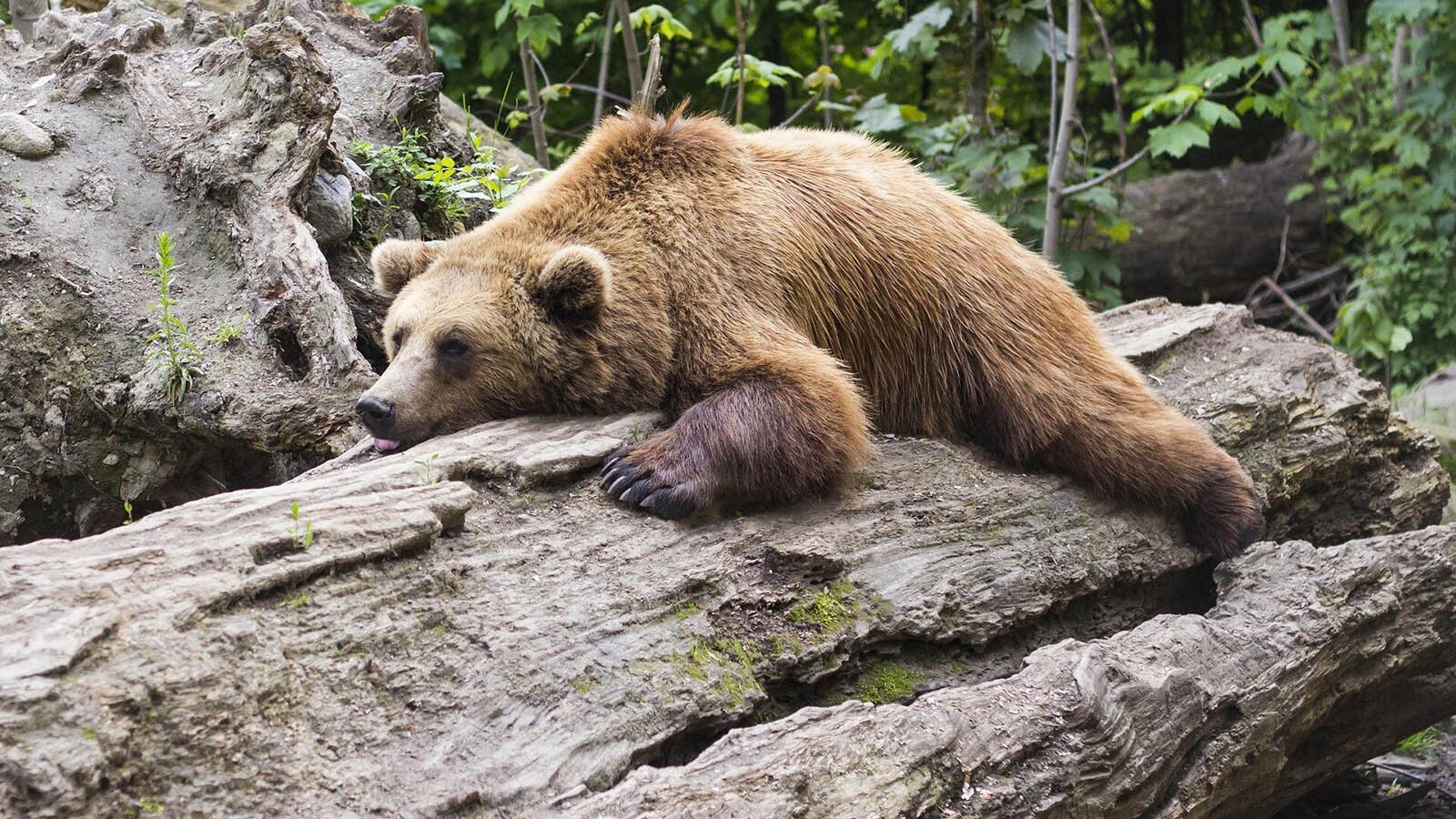
Jake Nichols can be reached at jake@cowboystatedaily.com.

